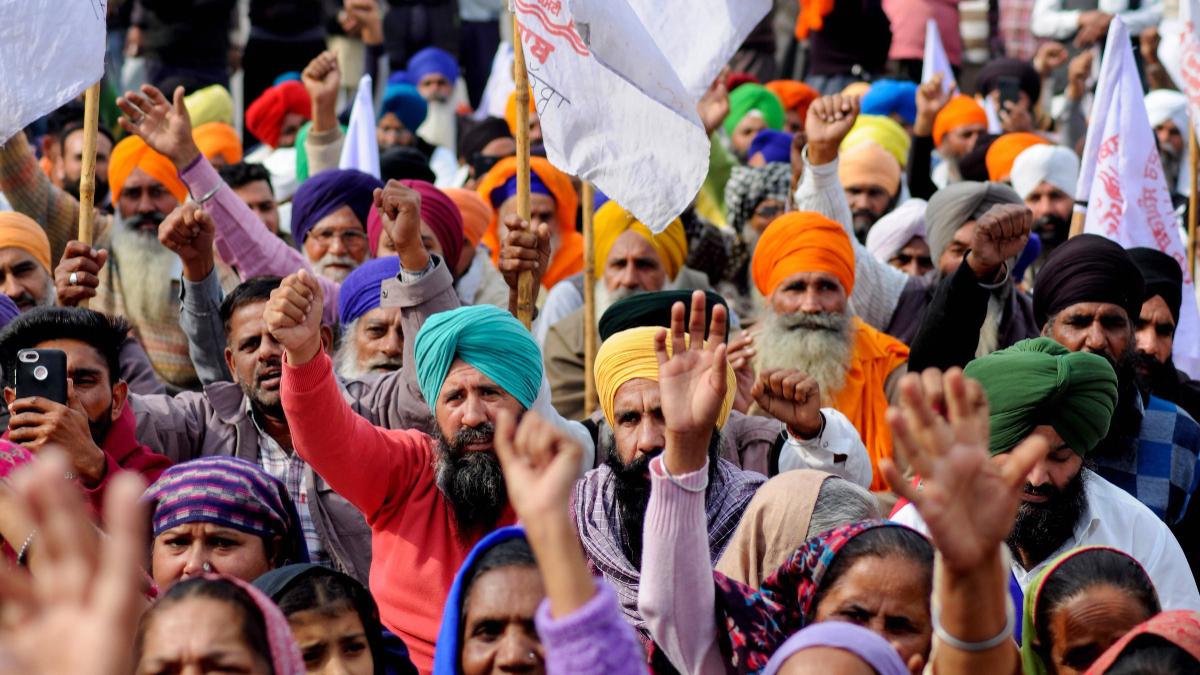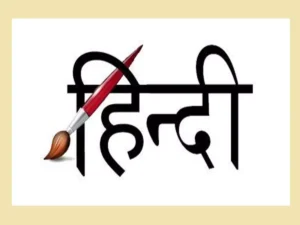
Farmers' Protest: Traffic Jams Ease, But Anxiety Persists at Fortified Delhi Borders
The ongoing farmers’ protest in India has been a subject of significant concern and debate, with tensions running high and emotions deeply entrenched on both sides of the issue. As the protest continues to unfold, recent developments have seen traffic jams easing at the fortified borders of Delhi, but underlying anxieties persist among protesters and observers alike.
For several months now, farmers from various states, primarily Punjab, Haryana, and Uttar Pradesh, have been staging demonstrations against three contentious agricultural laws passed by the Indian government in September 2020. These laws seek to deregulate the agricultural sector, allowing farmers to sell their produce directly to private buyers and enter into contracts outside the traditional mandi system. However, many farmers fear that these reforms will undermine their livelihoods and pave the way for corporate exploitation.
The protest gained international attention as tens of thousands of farmers converged on the outskirts of Delhi, setting up makeshift camps and blocking major highways leading to the capital city. The protest sites, including Singhu, Tikri, and Ghazipur borders, turned into fortresses as farmers dug in for a prolonged agitation, demanding the repeal of the contentious laws.
In recent days, there has been a noticeable easing of traffic jams at these border points, with authorities implementing measures to streamline vehicular movement and ease congestion. This development comes as a relief to commuters and businesses affected by the prolonged disruptions caused by the protest blockade.
However, despite the apparent improvement in traffic flow, the underlying tensions and anxieties surrounding the farmers’ protest remain palpable. The farmers’ demands for the repeal of the agricultural laws have yet to be met, and negotiations between the government and protesting farmer unions have reached an impasse on multiple occasions.
Moreover, the protest sites continue to be heavily fortified, with barricades, barbed wire fences, and security personnel deployed to maintain order and prevent any escalation of tensions. The heightened security measures underscore the deep-seated distrust between the farmers and the government, with both sides unwilling to back down from their respective positions.
Amidst the ongoing standoff, concerns have also been raised about the psychological toll of the prolonged agitation on the mental health and well-being of the farmers and their families. Living in makeshift tents in harsh weather conditions, far away from their homes and livelihoods, the protesters endure physical discomfort and emotional stress as they remain steadfast in their demand for justice and fairness in the agricultural sector.
The farmers’ protest has not only become a symbol of resistance against perceived injustices in agricultural policy but also a test of India’s democratic values and commitment to addressing the concerns of its marginalised communities. It has sparked widespread solidarity among various segments of society, with citizens, activists, and opposition parties rallying behind the farmers’ cause.
As the protest enters its next phase, the need for constructive dialogue and meaningful engagement between the government and the protesting farmers becomes increasingly urgent. Both sides must demonstrate flexibility and empathy in order to reach a mutually acceptable resolution that addresses the legitimate grievances of the farming community while safeguarding the interests of all stakeholders.
Conclusion
In conclusion, while traffic jams may have eased at the fortified borders of Delhi, the underlying anxieties and unresolved tensions surrounding the farmers’ protest serve as a sobering reminder of the challenges inherent in addressing complex socio-economic issues. The road to reconciliation and reform will require genuine efforts on all fronts to bridge the divide and pave the way for a more equitable and inclusive future for India’s agrarian communities.







